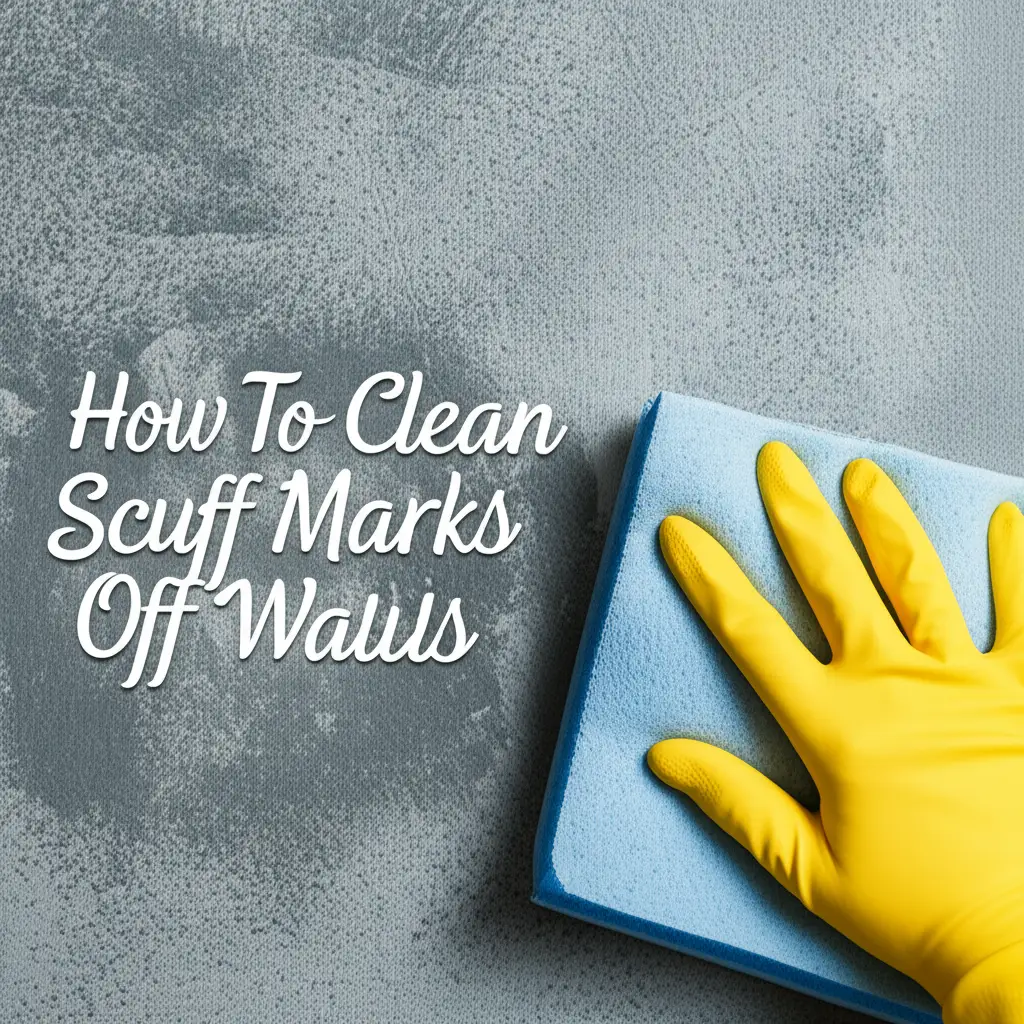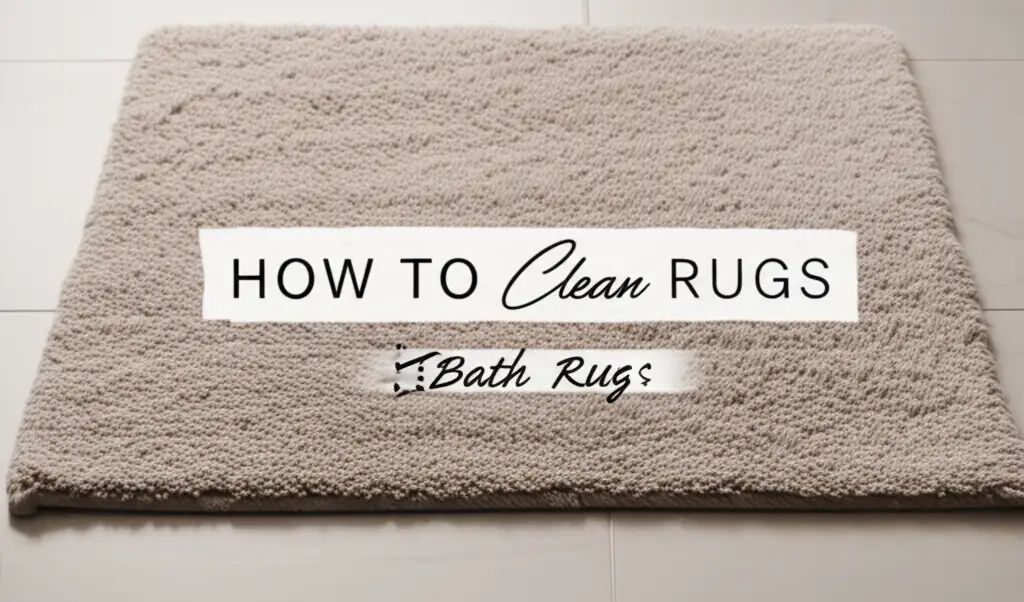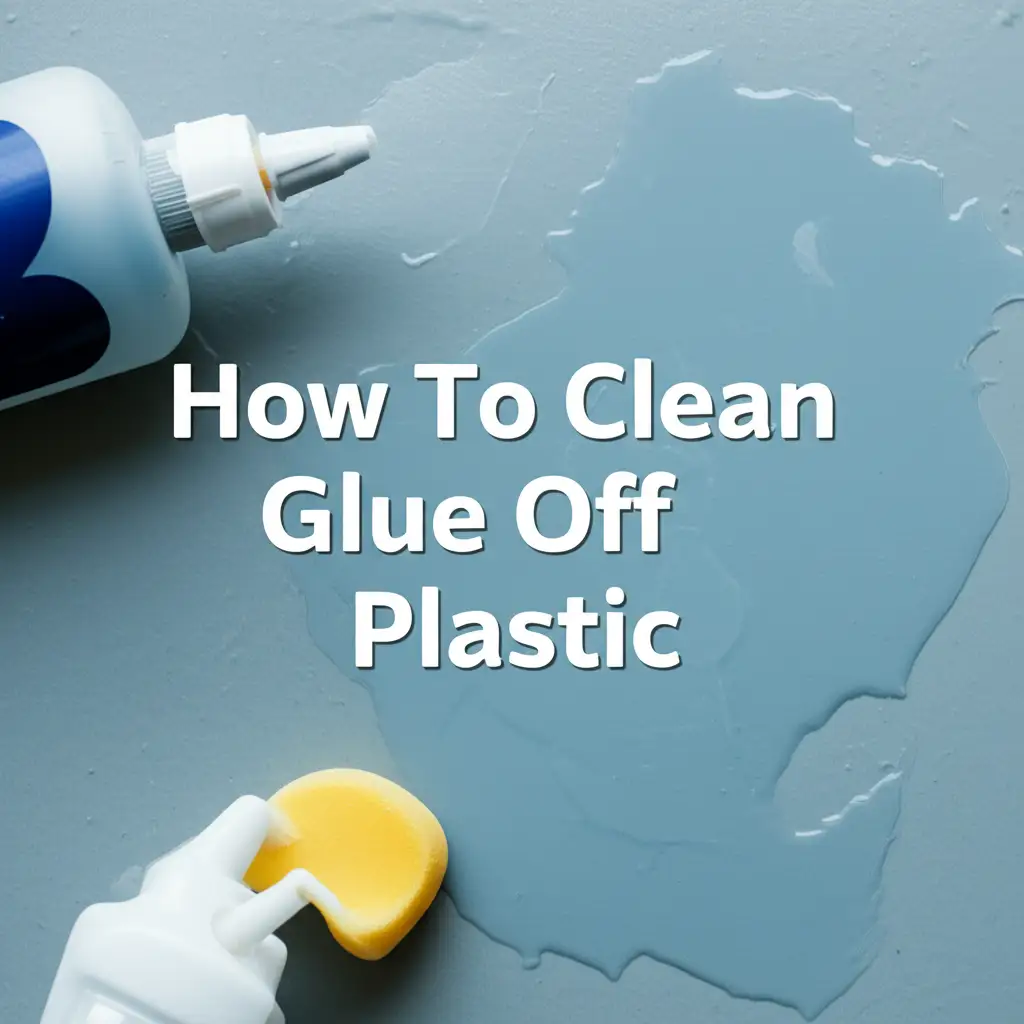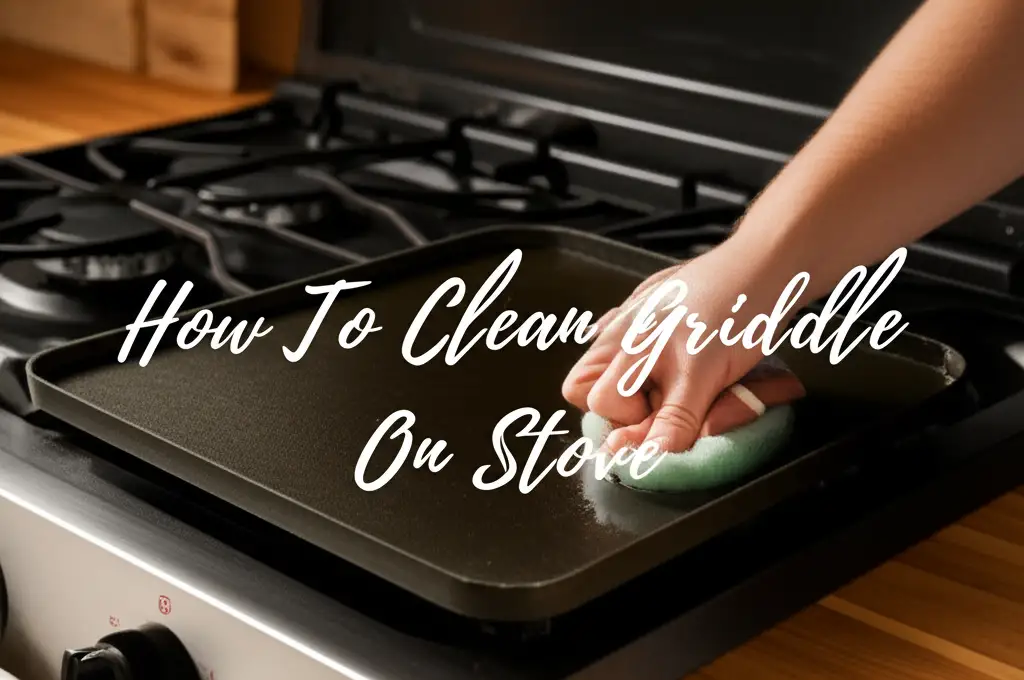· Home Cleaning · 14 min read
How To Clean Baseboards Without Bending Over
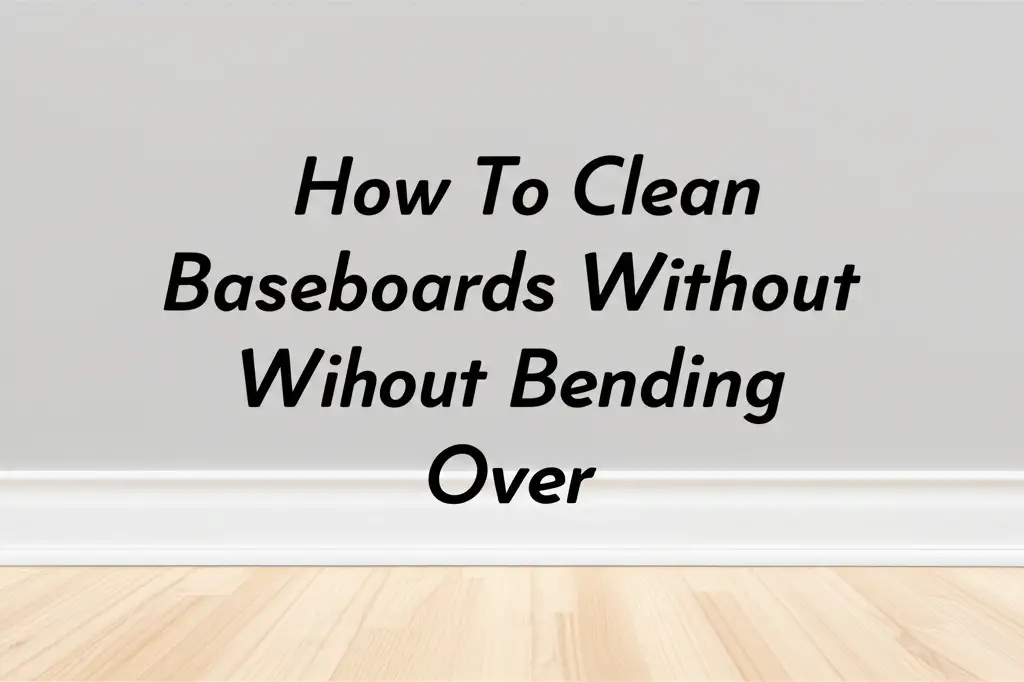
Effortless Baseboard Cleaning: How To Clean Baseboards Without Bending Over
Cleaning baseboards often feels like a chore that demands kneeling, squatting, or bending in uncomfortable ways. This can lead to back pain, knee strain, and general discomfort. I know the feeling; my back aches just thinking about it. Many people avoid this task, allowing dust, dirt, and grime to build up.
However, you can achieve sparkling baseboards without putting stress on your body. This article will show you smart strategies and the right tools. You can make baseboard cleaning simple and pain-free. We will cover various methods, from dry dusting to wet cleaning, all designed for comfort and efficiency.
Takeaway:
- Use long-handled tools for dry dusting.
- Employ mop systems or spray mops for wet cleaning.
- Utilize vacuum cleaner attachments with extension wands.
- Invest in specialized baseboard cleaning tools.
- Establish a regular, light cleaning schedule to prevent buildup.
You can clean baseboards without bending over by using long-handled tools such as microfiber dusters on extension poles, flat mops, or vacuum cleaner attachments. These tools allow you to reach and clean baseboards while standing upright, preventing back and knee strain.
The Problem with Traditional Baseboard Cleaning
Cleaning baseboards has long been a task associated with discomfort. Most methods require you to get down on your hands and knees. This position puts significant strain on your back and knees. It can also make the task feel more tiring and time-consuming than it needs to be.
I used to dread cleaning baseboards because of the bending. My back would ache for hours afterward. This physical demand makes many people postpone baseboard cleaning. As a result, dust, pet hair, and grime accumulate over time. This buildup makes the cleaning job even harder later on.
Traditional methods often involve wiping by hand with a cloth. While effective, this means repeated bending and getting close to the dirt. It is not an ideal solution for comfort or efficiency. We need a better approach that saves our bodies.
Dust gathers on baseboards very quickly. It mixes with pet hair and general household dirt. Over time, this becomes a sticky film that is harder to remove. Finding ways to clean baseboards without bending over transforms this dreaded task. It makes it a quicker and more comfortable part of your regular cleaning routine.
Essential Tools for No-Bend Baseboard Cleaning
The key to cleaning baseboards without bending over lies in using the right tools. These tools extend your reach, allowing you to clean while standing upright. I have tried many gadgets, and some truly make a difference. Investing in these items will save your back and knees.
First, consider an extendable pole. Many cleaning attachments can connect to these poles. This simple piece of equipment turns many handheld tools into long-reach wonders. You can find extendable poles in various lengths. Choose one that fits your height and your home’s needs.
Microfiber dusters are also essential. These dusters have tiny fibers that trap dust and allergens effectively. They come in different shapes and sizes. Look for one that has a flat head or a flexible design. This allows it to conform to the baseboard’s shape. Attach it to your extendable pole, and you are ready for dry dusting.
Another valuable tool is a flat mop or spray mop. These mops are designed for floor cleaning. However, their flat, wide heads work perfectly on baseboards. You can attach a microfiber pad to them. This makes wet cleaning baseboards simple. You just glide the mop along the baseboard.
Vacuum cleaner attachments are also very useful. Many vacuums come with a crevice tool or a brush attachment. These can connect to your vacuum’s extension wand. This allows you to suck up dust and debris from baseboards. It is a powerful method for dry cleaning. You can even use these same extension tools to effectively clean a ceiling, showing their versatility.
Having these tools ready will transform your baseboard cleaning experience. They make the job much faster and much less physically demanding. You will wonder how you ever cleaned baseboards without them.
Mastering the Long-Handle Duster Technique
Using a long-handle duster is one of the easiest ways to clean baseboards without bending over. This method is perfect for regular maintenance and removing light dust. I find it incredibly efficient for quick touch-ups. It helps prevent heavy buildup.
First, choose a duster with a flexible or flat head. This allows it to glide along the top and face of the baseboard. Attach it securely to your extendable pole. Ensure the duster head is clean before you begin. A dirty duster will just spread dust around.
Start at one end of a room and work your way around. Hold the pole comfortably, keeping your back straight. Position the duster head against the baseboard. Apply gentle, even pressure. Move the duster slowly and steadily along the length of the baseboard. You want to pick up all the dust and pet hair.
For corners, you might need to slightly angle the duster. Many flexible duster heads can bend to fit into these tricky spots. If your duster head gets too dusty, remove it and shake it out outdoors. Or, you can use a vacuum cleaner to suck the dust off the duster. This keeps the duster effective.
This technique is best for dry dust and loose debris. It is not for caked-on dirt or sticky grime. For those messes, you will need a wet cleaning method. However, regular dry dusting with a long-handle duster significantly reduces the need for deep cleaning. It saves you effort in the long run.
Remember to replace or wash your duster head regularly. A clean duster works better and keeps your home healthier. This simple method makes “how to clean baseboards without bending over” a breeze for daily upkeep.
Wet Cleaning Baseboards Without Kneeling
While dry dusting handles loose debris, sometimes baseboards need a deeper clean. This is when wet cleaning comes into play. You can still avoid bending over by using the right tools and solutions. I have found this approach very satisfying for removing scuff marks and stubborn grime.
A flat mop with a washable microfiber pad is excellent for this task. These mops are designed to glide smoothly over surfaces. They can also reach into tight spots along the wall. Dampen the microfiber pad with your chosen cleaning solution. Do not make it soaking wet; just damp enough to clean without leaving excess moisture.
For a general cleaning solution, a mix of warm water and a few drops of dish soap works well. You can also use a mixture of vinegar and water. Vinegar is a natural cleaner and deodorizer. If you are cleaning wood baseboards, a mild wood cleaner is a better choice. A general household cleaner can also work. Always test the solution in an inconspicuous spot first. This checks for any discoloration or damage. If you often use natural solutions, you might find our guide on how to clean with vinegar and baking soda very helpful for other cleaning tasks. Similarly, if you have wood floors nearby, our tips on how to clean wood floors with vinegar could be useful for complementary cleaning.
Attach the damp pad to your flat mop. Then, gently run the mop along the baseboards. Apply light pressure to scrub away dirt and scuff marks. You might need to go over tougher spots a few times. Rinse the pad in clean water as it gets dirty. Wring it out well before re-applying.
For very stubborn spots, a spray bottle comes in handy. You can spray the solution directly onto the baseboard. Let it sit for a minute to loosen the grime. Then, use your flat mop to wipe it away. This two-step process tackles even the toughest dirt. You will achieve a thorough clean without ever getting on your knees.
Vacuum Attachments: Your Secret Weapon
Many people overlook their vacuum cleaner as a powerful tool for cleaning baseboards. With the right attachments, you can effortlessly suck up dust, pet hair, and even small debris. This method is incredibly effective for dry cleaning and saves you from bending over. I always reach for my vacuum first for a quick and thorough pass.
The key is to use your vacuum’s extension wand. This piece connects to your main vacuum hose. It provides the reach you need to clean baseboards while standing. Most vacuums come with a basic extension wand. If yours does not, you can often buy one separately.
Next, choose the right attachment. The crevice tool is excellent for getting into the narrow gap between the baseboard and the floor. It has a slim, angled nozzle. This allows it to reach deep into corners and tight spaces. Move it slowly along the baseboard, letting the suction do the work.
The dusting brush attachment is also very useful. This attachment has soft bristles. It gently brushes dust off the baseboard while the vacuum sucks it up. It is great for removing loose dust and cobwebs. You can use it on the top edge of the baseboard. It also works well on the flat face.
Some vacuums also have a small upholstery tool. This tool can be effective for wider baseboards. It offers a larger surface area for quicker cleaning. Just ensure it has enough suction to pick up debris effectively.
When using vacuum attachments, move the wand slowly. This allows the vacuum to fully capture the dirt. Overlap your passes slightly to ensure complete coverage. This method is very clean. It traps dust inside the vacuum, preventing it from recirculating in the air. Regularly emptying your vacuum’s canister or changing its bag will ensure maximum suction power. Using your vacuum attachments makes cleaning baseboards a truly effortless task.
Specialized Baseboard Cleaning Tools
Beyond general cleaning tools, there are products designed specifically for baseboards. These specialized tools often offer unique features. They aim to make cleaning easier and more effective. I have explored a few, and some are quite ingenious. They truly help with how to clean baseboards without bending over.
One popular specialized tool is often called a “baseboard buddy” or similar name. These tools typically feature a triangular or rectangular head. This head is designed to fit snugly against the top and front of the baseboard. They usually come with an extendable handle. Many have washable microfiber pads. You can use these pads dry for dusting or damp for wet cleaning. Their shape helps them clean both surfaces of the baseboard simultaneously. This saves you time and effort.
Another type of specialized tool is a baseboard scrubber. These often have a bristled brush on one side and a cleaning pad on the other. They are sometimes designed to attach to an existing extendable pole. The bristles help to dislodge stubborn dirt and grime. The pad then wipes it away. Some even have a built-in spray dispenser for cleaning solution. This eliminates the need for a separate spray bottle.
You can also find small, handheld baseboard cleaning brushes. While these might require a slight bend, they are compact and powerful for tough spots. However, for a truly no-bend approach, look for those designed to attach to a longer handle.
When choosing a specialized tool, consider a few things. Does it have an extendable handle? Is the cleaning head shaped to fit your baseboards? Are the pads washable or easily replaceable? Does it work for both dry and wet cleaning? Reading reviews can help you find the best option for your needs. While these tools might be an extra investment, they can make baseboard cleaning much more pleasant. They deliver excellent results with minimal physical effort.
Routine Maintenance for Lasting Cleanliness
The best way to keep baseboards clean without constant bending is to establish a routine. Regular, light maintenance prevents major dirt buildup. This means you avoid those deep-cleaning sessions that are often physically demanding. I have found that a little effort often saves a lot of work later.
Make baseboard cleaning a part of your regular dusting schedule. When you dust furniture or vacuum floors, take a few extra minutes to address your baseboards. A quick pass with a long-handle duster is usually all it takes. This simple step keeps dust and pet hair from accumulating. It stops them from bonding to the surface.
Consider how often dust gathers in your home. If you have pets or live in a dusty area, you might need to dust your baseboards weekly. For less dusty homes, bi-weekly or monthly dusting might be sufficient. The goal is to catch the dust before it becomes difficult to remove.
For wet cleaning, integrate it into your floor washing routine. If you mop your floors every two weeks, give your baseboards a quick wipe with your damp mop pad at the same time. This addresses any scuff marks or light grime before they become ingrained. It also ensures consistency.
Addressing small spills or marks immediately also helps. If you notice a scuff, wipe it off right away with a damp cloth or a cleaning wipe. This prevents it from setting in. Quick action saves future effort.
By maintaining your baseboards regularly, you will find that “how to clean baseboards without bending over” becomes less of a daunting question. It just becomes a simple, quick task. You will enjoy consistently clean baseboards without the physical strain. This proactive approach keeps your home looking fresh and reduces your cleaning burden over time.
FAQ Section
Q1: How often should I clean baseboards?
The frequency depends on your home environment. For most homes, a light dusting every one to two weeks is ideal. This prevents dust buildup. A more thorough wet cleaning can be done every one to three months. Homes with pets or high traffic may need more frequent cleaning.
Q2: What is the best solution for dirty baseboards?
For general dirt, a mix of warm water and a few drops of mild dish soap works well. For stubborn grime, a solution of equal parts white vinegar and water is effective. Always test a new solution in a small, hidden area first. This checks for any potential discoloration or damage.
Q3: Can I use a regular broom or mop for baseboards?
A regular broom is not ideal for baseboards as it tends to spread dust. A flat mop or spray mop with a microfiber pad works well for wet cleaning. Its flat head makes it easy to glide along the baseboard. Use an extendable handle with either for a no-bend approach.
Q4: How do I clean painted baseboards without damaging them?
Use gentle cleaning solutions like mild dish soap and water. Avoid harsh chemicals or abrasive scrubbers. A soft microfiber cloth or duster is best. Always wipe painted baseboards gently. Rinse with clean water and dry immediately to prevent water streaks or paint damage.
Q5: What about corners and tight spaces?
For corners, use the pointed end of a flexible duster head. A vacuum cleaner’s crevice tool attachment is excellent for tight gaps. Some specialized baseboard tools also have designs that can reach into these tricky spots effectively. Precision cleaning tools help access these areas.
Q6: Are there DIY tools for this?
Yes, you can create simple DIY tools. Wrap a microfiber cloth around a flat broom head or a paint roller on an extension pole. Secure it with rubber bands. This creates a makeshift long-handle duster or wet cleaner. Ensure the cloth stays securely attached during use.
Conclusion
Cleaning baseboards does not have to be a painful chore. By using the right tools and smart techniques, you can effectively clean baseboards without bending over. You can protect your back and knees. We explored simple methods, from dry dusting with long-handle tools to wet cleaning with flat mops.
Remember, the key is to extend your reach. Utilize extendable poles, vacuum attachments, and specialized baseboard cleaners. Regular, light maintenance also plays a huge role. It keeps dirt from accumulating, making future cleanings easier.
Embrace these strategies for a cleaner home and a happier body. No more dreading baseboard day! Start today and experience the comfort of pain-free cleaning. Your baseboards will shine, and your back will thank you.
- no-bend baseboard cleaning
- baseboard cleaning tools
- long-handle baseboard cleaner
- dust baseboards standing up
- easy baseboard cleaning
- effective home cleaning
- household cleaning hacks

